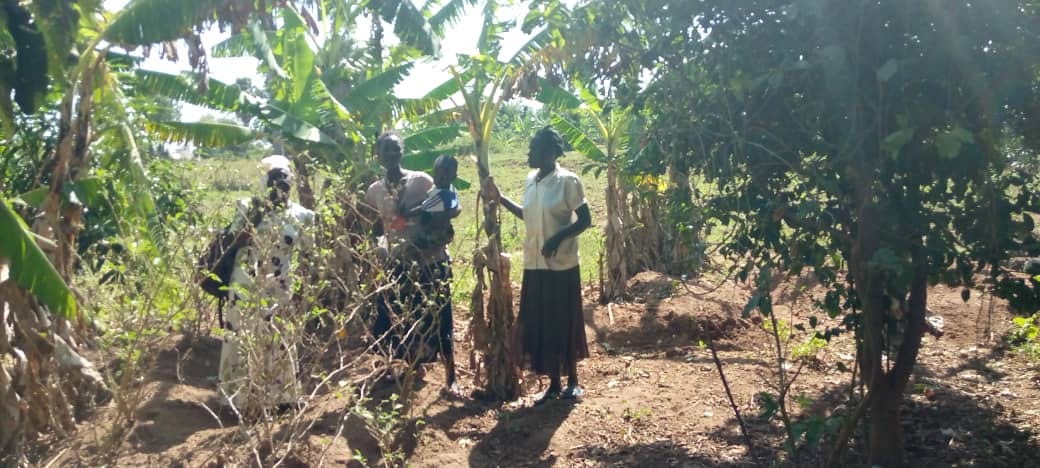A stitch in time saves nine
An unchecked problem
To solve a problem, it is required to address the root cause, the failing is to chase the symptoms and administer band-aids, whilst sustaining the original problem, rather than solving it.
In a permaculture class, the concept of spirals of destruction refers to situations where unchecked problems multiply and worsen over time, creating a negative feedback loop that degrades ecosystems and communities.
These spirals often result from poor land management, lack of intervention, or unsustainable practices.
Example 1: Gully Erosion
- Initial Problem: Poor land management (overgrazing, deforestation, or improper water runoff control) leads to small rills forming in the soil.
- Spiral Effect:
- Water flow concentrates in these rills, deepening them into gullies.
- As gullies grow, they carry away fertile topsoil, reducing land productivity.
- More vegetation loss occurs, further destabilising the soil.
- Eventually, large-scale land degradation makes farming impossible, forcing abandonment or migration.
- Permaculture Responses:
- Swales & contour planting slow water flow and trap sediment.
- Reforestation & groundcover stabilise soil.
- Check dams in gullies reduce erosion and encourage natural healing.
Example 2: Rural Population Decline Spiral
- Initial Problem: Economic hardship (few jobs, low farm yields) leads to youth migrating to cities.
- Spiral Effect:
- Fewer working-age people remain, reducing community vitality.
- Schools and businesses close due to a shrinking population.
- Remaining elderly struggle to maintain farms, leading to land abandonment.
- Infrastructure decays, further discouraging new residents or investment.
- Permaculture Responses
- Regenerative agriculture improves farm viability, creating jobs.
- Ecovillages & agro-tourism attract new residents.
- Localised economies (food co-ops, craft markets) keep wealth in the community.
Key Permaculture Principle for Spirals of Destruction:
Intervene early, observe, and
Use small-scale solutions to prevent large-scale collapse.
By addressing root causes (e.g., soil health, economic resilience), we can reverse destructive spirals and create virtuous cycles of regeneration.














Share this post